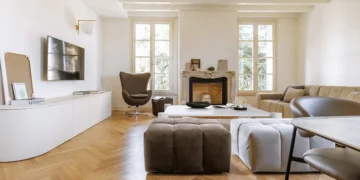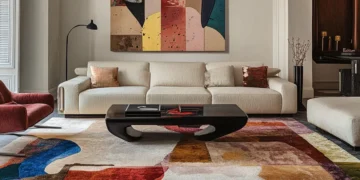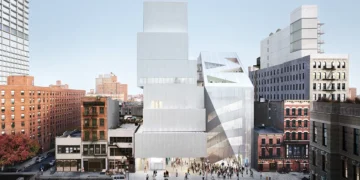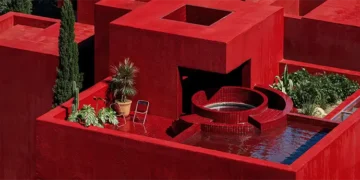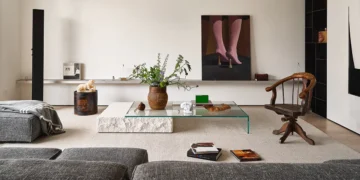
One of your responsibilities as a rental property manager is going to be making tough decisions about how to maintain and improve your properties. In many cases, you’ll have to balance many different considerations, including costs, immediate impact, and long-term benefits.
Often, you’ll need to choose between competing priorities, such as optimizing for aesthetics or functionality. Which should take precedence, and why?
The Value of Functionality
Functional improvements to a property make it more habitable, more enjoyable, or capable of fulfilling more needs associated with your tenants. For example, you can invest in making your property greener and more sustainable. Not only will this allow your tenants to save money on their utility bills, but it can also help them live a more sustainable lifestyle, which they may value.
Other functional improvements include things like replacing old appliances, increasing the total amount of living space, or adding new amenities like extra parking spaces. These improvements may have some aesthetic value in addition to functional value, but they’re primarily functional in nature.
The Value of Aesthetics
In contrast, aesthetic improvements to a property make it more beautiful or more pleasing in some other subjective way. Aesthetic improvements don’t necessarily change how a tenant can use the property, but they may be able to impact how they view the property. They can help you make a better first impression on new, prospective tenants. They can help you retain your existing tenants as well. These are upgrades like replacing the siding, painting the walls, and beautifying the landscaping. As you may have guessed, many of these upgrades do have some functional value, but they’re primarily aesthetic in nature.

The Functional Argument
Generally speaking, functional improvements are superior to aesthetic improvements, if for no other reason than aesthetic improvements are highly subjective. Almost everyone needs a functional property, but not everyone needs an aesthetically pleasing one.
That said, there are clearly benefits to both functional and aesthetic improvements, so you’ll need both if you want to be successful.
The Careful Balance
How do you strike a proper balance between these types of upgrades?
- Focus on minimum standards first. Before you start weighing which types of upgrades are most important, focus on getting your property up to minimum standards in both categories. You need to make sure that your property is completely habitable and attractive enough to entice new tenants. If you aren’t meeting these bare minimum thresholds, focus on making improvements until you are.
- Do a cost benefit analysis (CBA). A cost benefit analysis (CBA) allows you to explore many different factors associated with each upgrade so you can determine whether it’s worth the money. This allows you to calculate which benefits, regardless of type, are going to be most beneficial for your current situation. How much value are your tenants going to get from this upgrade? How much are you going to pay for it? If you do this type of analysis for many different competing upgrades, you should be able to cleanly determine which category is more deserving of your attention and investment dollars.
- Pay attention to strengths and weaknesses. It’s also important to think about the strengths and weaknesses associated with your property, specifically. Is it a beautiful property that has some fundamental functional issues? Is it perfectly reliable but a bit ugly? Try to compensate for your weaknesses while simultaneously highlighting your strengths.
- Get tenant feedback. If you’re not sure what your tenants or prospective tenants would like, consider getting some feedback. Most tenants and applicants would be happy to share their opinions with you, and you can use those opinions to determine which upgrades are going to be best. In the absence of tenant feedback, do some demographic research to see what your target audience might prefer.
- Prioritize retention. Tenant retention is always favorable to tenant acquisition, since it allows you to save money and improve the consistency of your income. When considering what types of upgrades to make and when to make them, make sure tenant retention is at the top of your priorities list.
- Keep making improvements. Finally, keep making improvements to your property. No matter how many functional and aesthetic improvements you make, there will always be room for increasing tenant appeal. Just make sure your investments are calculated to generate a meaningful return. If every upgrade you make increases the earning potential of your property, you’re in a perfect position.
Striking the right balance between functionality and aesthetics will enhance tenant satisfaction and boost your property’s profitability.
Images from Zupelli Design Architettura Transforms Casa Miga – see full article here.
